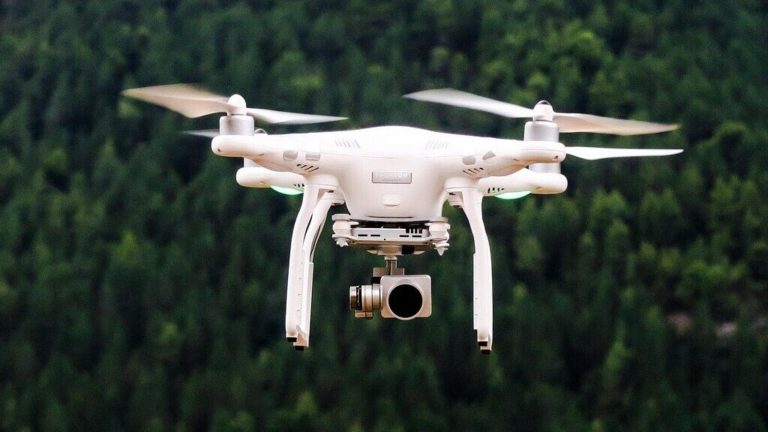AS CHILDREN everywhere are delighted to learn in science class, sound can shatter glass. Might it also be possible, then, to use acoustic waves to disrupt the electromechanical sensors that drones require to fly? To find out, four engineering students at the University of Toronto repurposed small car speakers to cobble together a contraption “for blasting a drone with sound”, as one of them, Michael Acquaviva, puts it. It worked in early tests, though only at close range. Drones 50cm away wobbled. At 25cm, they crashed.
Come the spring of 2024, after the kit’s power supply was beefed up and the speakers were replaced with transducers capable of producing ultrasonic waves, the system was entered in a counter-drone competition held by Canada’s defence department. The team’s design tied for second prize, winning C$375,000 ($262,000). Its members founded a small startup, Prandtl Dynamics, that now plans to have a prototype the size of a carry-on suitcase suitable for battlefield use by June. The desired initial attack range is 100 metres.
Prandtl’s unique “soft kill” sonic weapon exploits materials’ tendency to vibrate when exposed to acoustic energy, especially if the sound waves match the material’s resonant frequency. Prandtl’s system, says Parth Mahendru, the firm’s boss, concentrates energy into a narrow acoustic “laser” that disrupts, among other things, the gyroscopes drones require for stable flight. To detect drones and aim the acoustic beam, the system records sound waves from approaching drones and uses a computer costing around C$30 to crunch data from a sky-scanning camera.
Prandtl hopes, perhaps optimistically, to stretch the range of its “Sound Matrix”, as employees refer to the kit, to roughly 150 metres. Many of the tactical jammers on the front in the war between Russia and Ukraine have an effective range of just 50 metres or so.
Crucially, many of the newer drones taking to the skies in that conflict are impervious to conventional jamming anyway. Some fly using internal-navigation systems that compare live video from an on-board camera with a preloaded terrain map, with artificial intelligence selecting targets. Others receive commands through unspooling wire. Both drone types would be vulnerable, at least in theory, to Prandtl’s acoustic attacks.
Prandtl is compiling a library of different acoustic waveforms that can take out a variety of types of small drones. Acoustic attacks effective against some 35 drone models have been worked out so far. In the process, Prandtl’s engineers are learning some astonishing tricks. By modulating a wave’s amplitude and other characteristics, the system can interfere with or even gain a measure of control over specific subsystems such as the gimbal or camera shutter. “We can blind the drone, or we can crash the drone,” says Mr Mahendru.
Prandtl is also designing a 4kg “backpack” model to protect foot soldiers. Anna Poletaeva, the firm’s chief operating officer, believes it can be manufactured for less than C$2,000. Inquiries are coming from America’s armed forces, Ukrainian defence contractors and others. But the company also spies a market for non-military environments, where conventional jamming is generally illegal. For civilians annoyed by pesky drones, disabling their cameras may be preferable to bringing them crashing down.
© 2025, The Economist Newspaper Limited. All rights reserved. From The Economist, published under licence. The original content can be found on www.economist.com


